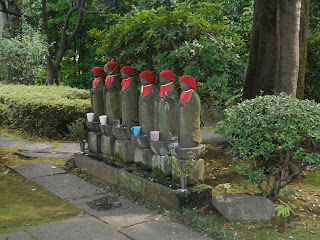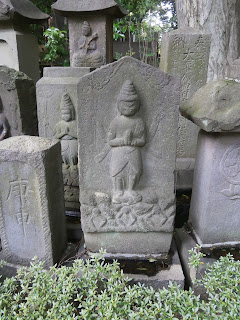On
Tanabata 七夕 (literally “seven evening”,
held on the evening of the 7th of July) the lovers Orihime 織姫 and Kengyū 牽牛 are remembered.
According to the legend, which actually originated in China1, this mythical
couple is separated by a river. However, if it rains on Tanabata, magpies will
flock together and form a bridge so they can be reunited.
People
write wishes for the future on coloured papers called tanzaku 短冊 and
tie them to some bamboo leaves.
Footnotes
1 It
is still celebrated in China, where the characters are pronounced as “Qīxī”,
but also in Korea where it is called Chilseok 칠석, deriving from the same characters.
References
Tanabata
to shōsho (七夕(たなばた)と小暑(しょうしょ)). "BrushUp Blog". live-pls.com (2011).
<www.live-pls.com/blog/?category=brush-up&start=40> (retrieved 24-7-2012).

















